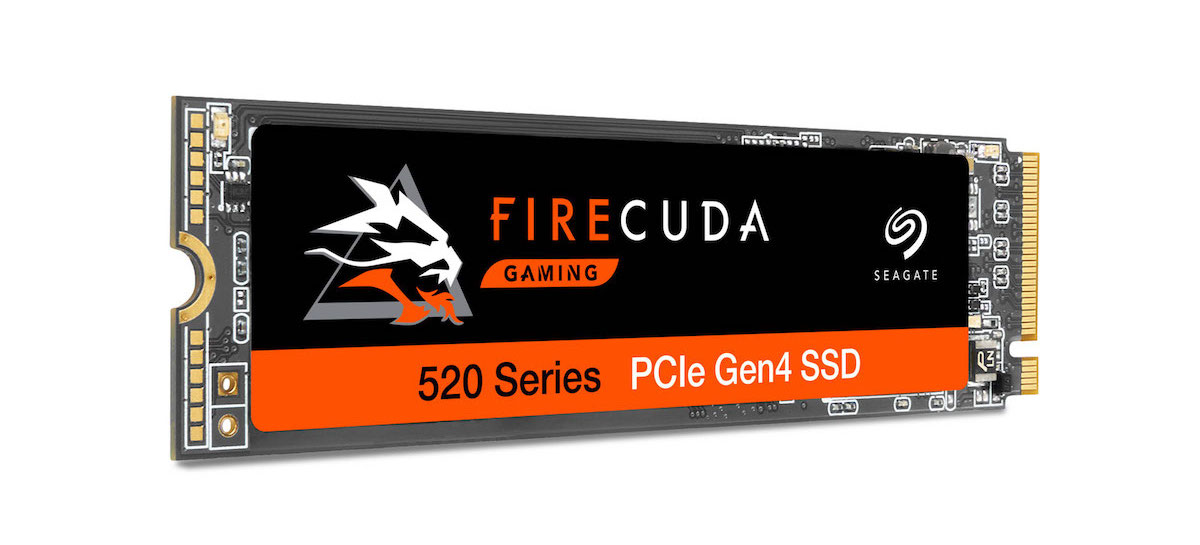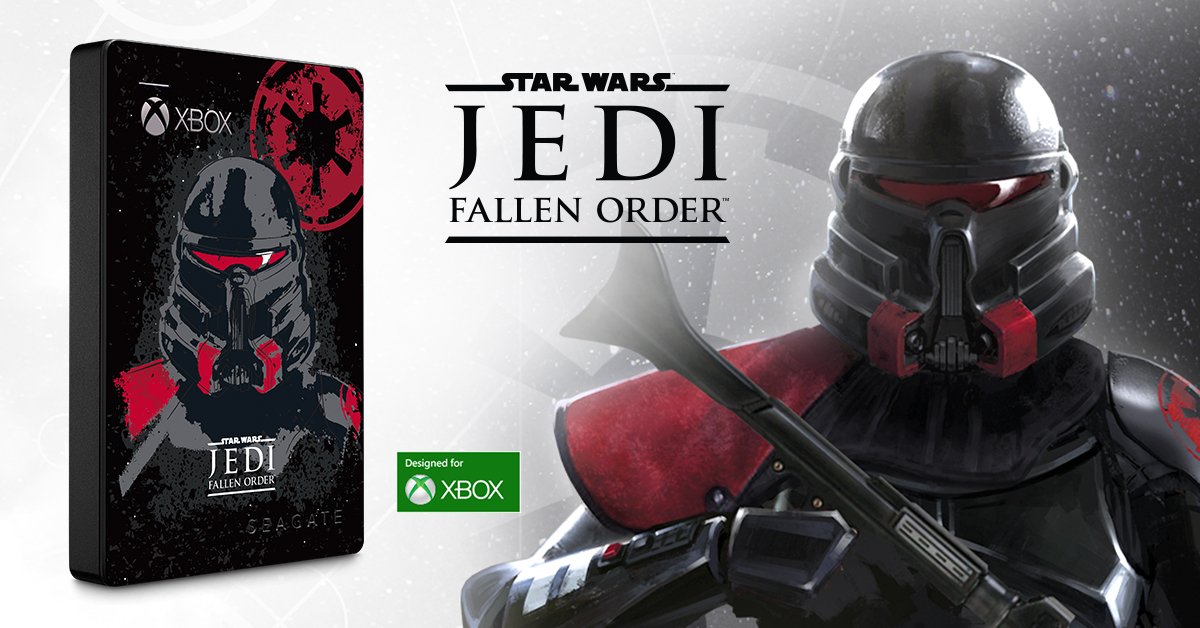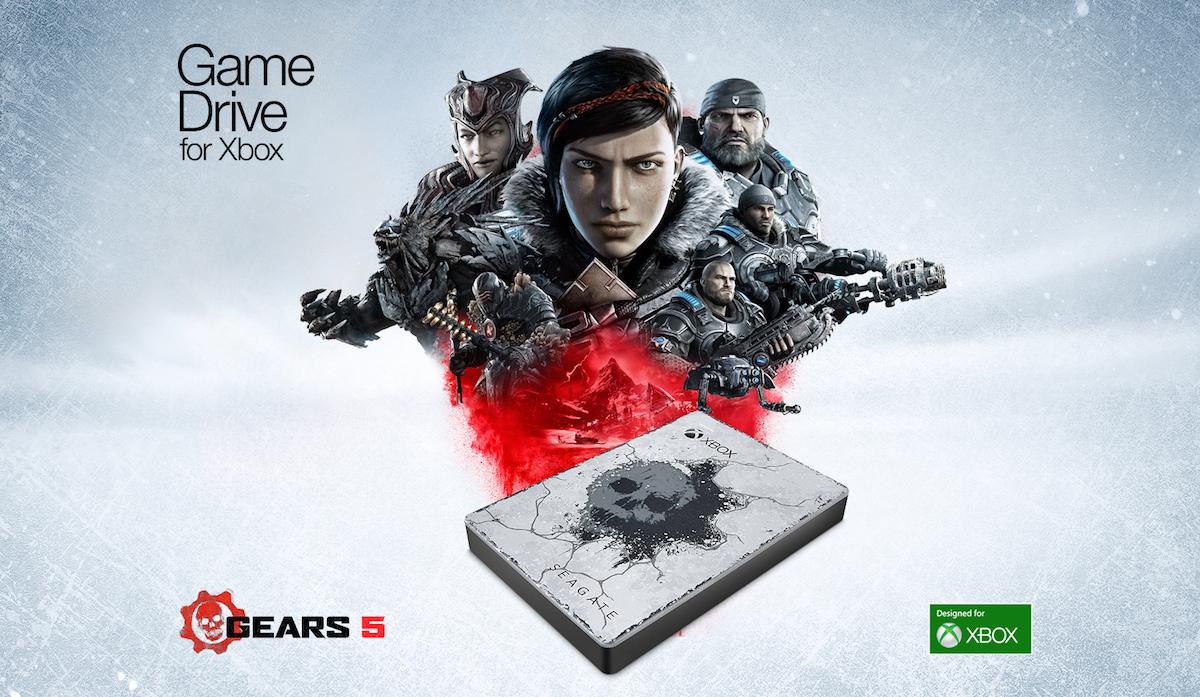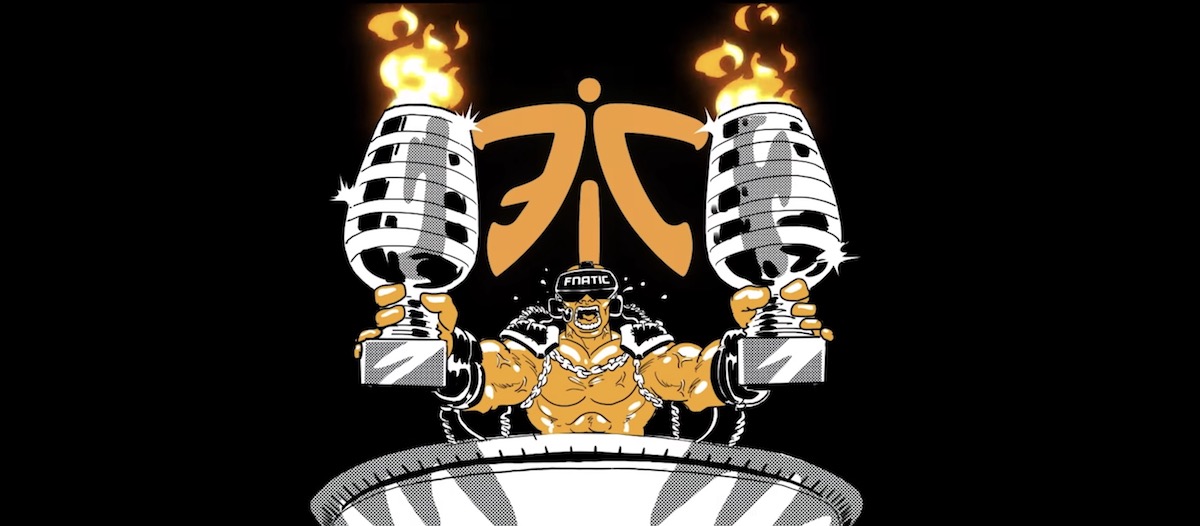There’s a lot of external hard drives out there, and when you’re standing in a store or looking online, it can be intimidating. For new techies, terms like “NAS,” “Interface,” “Areal Density,” ”SSD,” and “SSHD” can be scary and overwhelming. But they don’t have to be. Picking the right storage device can be pretty simple when you break it down to these simple questions.
- What will I use it for? (Bonus Question:) Should it be portable?
- How much space do I need?
- How much do I want to spend?
“What will I use it for?” is the simplest question to answer. Are you looking to archive your work? Are you looking for a solution to transfer data from one system to another? Are you looking for something to house your media/entertainment? What you will use your hard drive for will determine the type and size of your drive such as a large capacity internal hard drive for the office or a smaller, portable storage solution while on the go.
“Should it be portable?” That’ll depend on how you use it. Most data can be stored on an internal drive for laptops or desktops. However, many creative professionals not only require an internal drive for photography or music, but also an external laptop or desktop device for work “on location” or in the studio. External drives make for easy solutions when you have to get your work from Point A to Point B. They’re also ideal for school and personal projects that you’ll want to hold onto.
“How much space do I need?” Most drives start at 500GB and can go as large as 8TB and above. When looking for a new hard drive, keep in mind your current pile of data (how much capacity do you already have filled?), and your future plans for new files and data. Sometimes it’s better go with a larger device on the outset so you’ll have room to grow without having to buy a new drive so quickly.
“How much do I want to spend?” You want to get the most for your money. Prices can vary, but to give you an idea, drives can range from $70 to $500 depending on type and capacity. If you keep an eye out for sales and promotions, you can get some good deals on storage that will keep you well stocked.
Now that we’ve covered the basics on what to look for in a hard drive, here are some examples of what is the ideal drive for the most common uses.
Drives for students, photographers, videographers and music enthusiasts – Seagate Seven, Personal Cloud, Backup Plus Slim, and Backup Plus Fast.
Drives for data backup and content centralization – Personal Cloud, Backup Plus Desktop and Expansion Desktop.
Drives for mobile access to stream movies, music, and photos – Wireless, Wireless Plus and Personal Cloud.
Drives for gamers – Seagate Desktop SSHD and Seagate Laptop SSHD
Drives for small businesses – Seagate NAS and Seagate NAS Pro
Not to toot our own horn (ok, maybe a small toot), but Seagate obviously has plenty of solutions available to meet your needs. Whether you work as the IT Manager for a Fortune 500 company or are a loving, silver-haired grandmother who loves photos of her family, who better to meet your need than the company creating space for the human experience?







